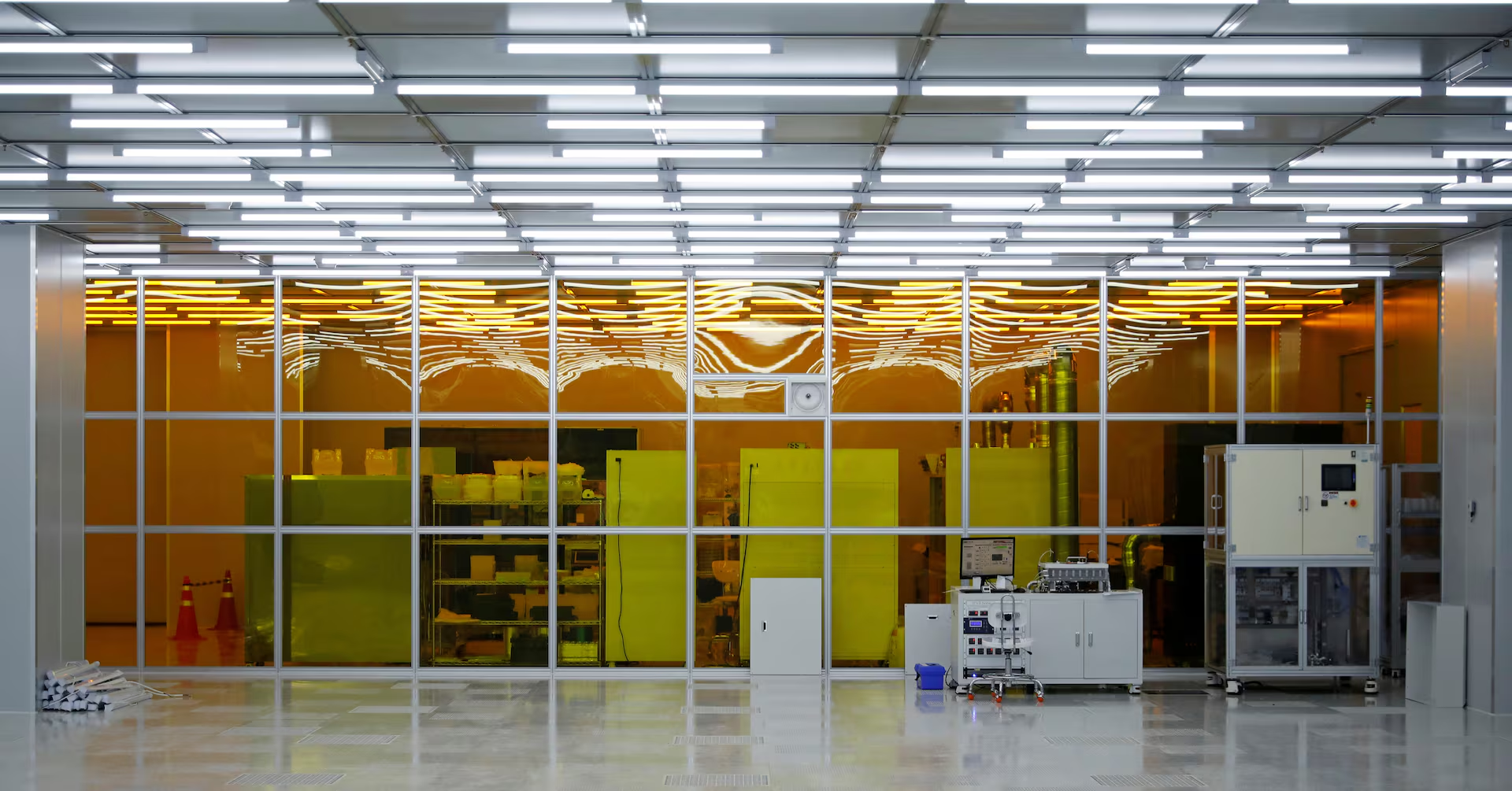In a move that could reshape the gaming landscape, Microsoft has provided a compelling preview of the future of Xbox—one that moves beyond the traditional confines of living room consoles. The company has partnered with Asus to launch two new Xbox-branded Ally handheld gaming devices set to release later this year, and these aren’t just portable PCs—they’re Microsoft’s most significant step yet toward a seamless, multi-device gaming ecosystem.
Xbox, But Everywhere
Though these handhelds are technically Windows devices under the hood, Microsoft is deliberately blurring the boundaries between PC and console. At the heart of this shift is a custom Xbox user interface that boots directly on launch, completely bypassing the traditional Windows desktop environment. When powered on, users are greeted by a full-screen, Xbox-styled UI that looks and feels like turning on a console, not a PC.
During the announcement, Microsoft made its vision unmistakably clear:
This is an Xbox.
It’s a powerful statement of intent. Xbox is no longer just a box under your TV. It’s evolving into a platform that travels with you, integrating across handheld devices, PCs, and the cloud—essentially, an ecosystem that meets gamers wherever they are.
Seamless Multi-Device Experience
This strategy marks a definitive shift from static, hardware-bound consoles toward a more fluid and mobile experience. Microsoft’s collaboration with Asus is just the beginning. These handhelds, although physically developed by Asus, are deeply embedded with Xbox DNA. The devices come preloaded with:
- A custom Xbox launcher interface
- Seamless Xbox Game Pass access
- Support for Steam, EA Play, and other PC game launchers
- Native integration with popular gamer apps like Discord
In practice, this means gamers can pick up a handheld, boot directly into Xbox, and jump into their Game Pass library or continue a game they started on their console or PC. No desktop, no delays—just gaming.
A Familiar Vision, Reimagined
To underline the ambition behind the project, Microsoft released a cinematic 11-minute behind-the-scenes video, reminiscent of the Xbox One X’s iconic “Project Scorpio” reveal in 2016. The video features insights from veteran designer Carl Ledbetter, who previously helped shape legendary Xbox hardware like the Xbox 360 Slim and Xbox One X. Ledbetter called this a “breakthrough moment for Xbox,” noting the seamless convergence of console simplicity with PC power.
It’s not hard to see why. For years, Microsoft has been building toward this direction—first with Xbox Play Anywhere, then with xCloud game streaming, and now by integrating Xbox experiences natively into Windows-powered handhelds. This is the culmination of that vision: Xbox without boundaries.
More Than Just Hardware
What makes this reveal even more significant is that it’s not just about the devices—it’s about redefining the entire Xbox experience. Microsoft isn’t abandoning consoles; rather, it’s repositioning Xbox as a universal gaming layer across all types of hardware.
The Asus collaboration represents a testbed, a first step toward a multi-platform gaming model where users could one day switch between their phone, tablet, PC, and Xbox—all while maintaining a single gaming profile, save data, and seamless access to their favorite titles.
This aligns perfectly with Microsoft’s broader strategy, which includes:
- Aggressive expansion of Xbox Cloud Gaming (xCloud)
- Continued investment in Xbox Game Pass
- Merging of the Windows and Xbox development ecosystems
A Bold Future for Xbox
These new handhelds may look like gaming PCs, but they’re being treated—and marketed—as true Xbox devices. It’s a future that could revolutionize how gamers access their content and interact with the Xbox ecosystem.
As cloud gaming matures and Microsoft continues to position Xbox as a service-first platform, the line between console and PC, between handheld and desktop, is disappearing. And at the center of it all is a simple idea:



